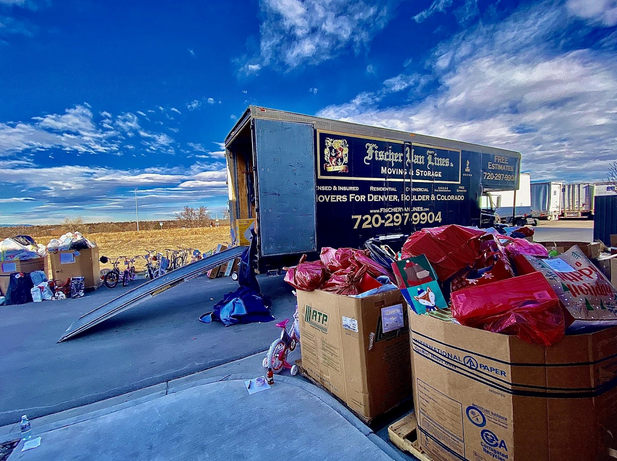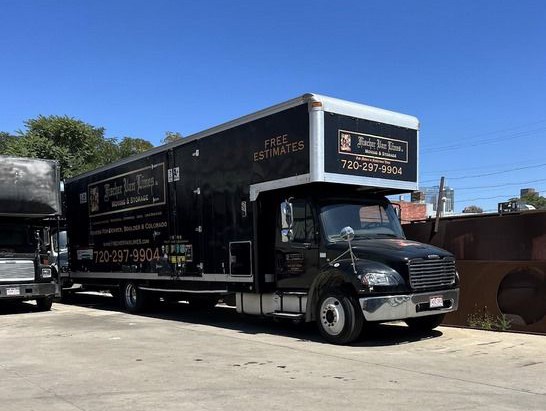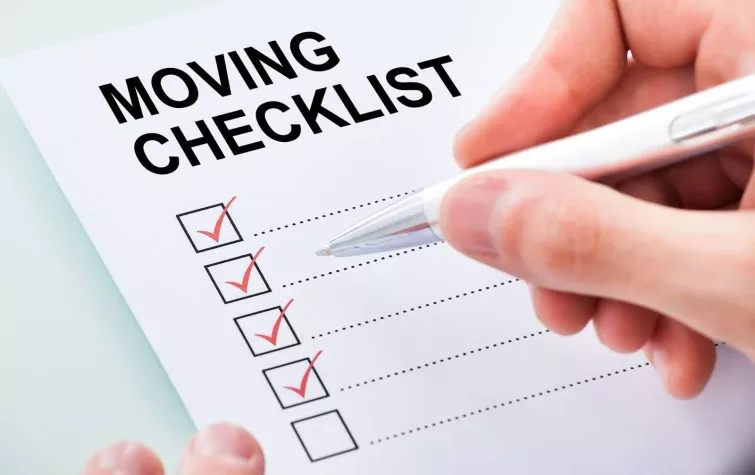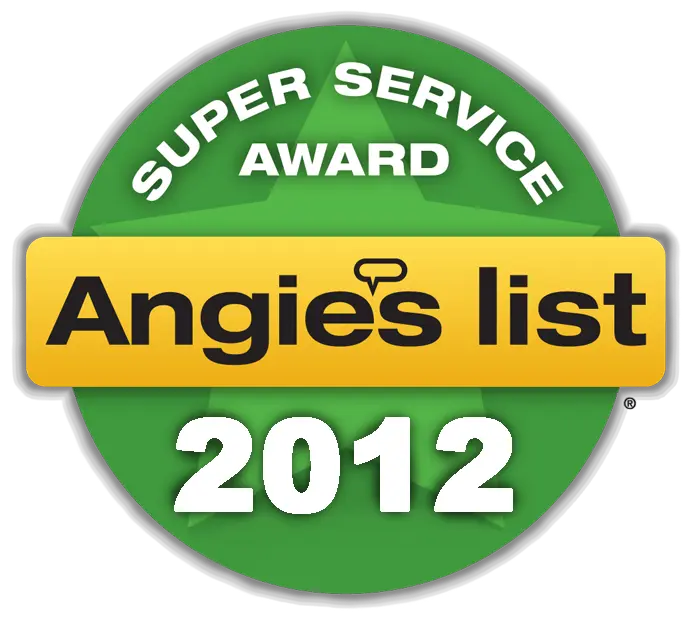Your Complete Guide to Safe Gym Equipment Moving

People hate moving bulky gym equipment, and we don’t blame them. Treadmills and ellipticals can weigh hundreds of pounds. Racks and machines have to be disassembled, with a lot of little parts that can get lost.
You can get hurt and your equipment can get damaged. If you’re moving a lot of gym equipment, it makes more sense to hire a professional gym equipment moving company.
But, we get it. If you’re set on moving the equipment on your own, we still want to help. Up next, we’ll break down what makes gym equipment moving challenging, the pros and cons of DIY vs. professional moves, and tips for gym equipment moving on your own.
Why Moving Gym Equipment Is Challenging
Here’s a fun fact: Colorado is ranked the 2nd most healthiest state in the U.S. Our team has been moving in Colorado for 20+ years, making us veterans in the gym equipment space. Here’s what we’ve learned about moving gym equipment:- Most fitness equipment is unevenly weighted and bulky.
- Heavy moves can risk damaging other furniture, floors, and walls.
- Lifting heavy can stress the joints, resulting in back, wrist, and other pains.
- Gym equipment moves require special tools and equipment.
Types of Gym and Fitness Equipment We Move
We can break moving gym equipment down to 5 distinct categories (Our Commercial Movers also handle fitness centers and corporate gyms.). Here’s what we move every day as fitness equipment movers.Treadmills and Ellipticals
Treadmills and ellipticals will be the heaviest lift, ranging anywhere from 100 to 200 pounds. They’re heavy and awkwardly balanced, and need to be disassembled to fit through door frames.Stationary Bikes and Rowers
Stationary bikes and rowers might be more compact, but brands like Peloton and NordicTrack can still be tricky. These high-end machines come with a hefty price tag and aren’t the easiest to disassemble. We’ll take extra care to protect this delicate tech while providing mover’s insurance.Weight Benches, Power Racks, and Squat Racks
Though not always the heaviest, weight benches, power racks, and squat racks can come with a surprising number of parts. Think bolts, weights, accessories, and other attachments. When you hire us, we’ll carefully disassemble each piece and store them in a clearly labeled box.Cable Machines and Multi-Gyms
Between the weight stacks, pulleys, and the actual machine, these are the real challenges during a move. Our machine movers are prepared with dollies, flitting straps, rubber mats, padding, and storage containers to ensure a professional, secure move.Free Weights, Dumbbells, and Plates
Free weights look simple, but packing properly matters. Improper packing can turn them into projectiles that can damage your other equipment and flooring. Our workout equipment movers box and strap your free weights to stabilize them for the move.How Professional Gym Equipment Movers Work
The reason you pick professional fitness equipment moving companies is for that peace of mind. Organization and professionalism matter for every gym equipment move we handle.Step 1: Disassembly and Preparation
We start by taking photos and labeling boxes. All hardware gets categorized and stored securely to make it easy to find again when re-assembling.Step 2: Specialized Moving Tools
We use dollies, lifting straps, sliders, and protective materials to move your equipment into our moving vans.Step 3: Safe Transportation
Your gear is loaded into trucks equipped with tie-down systems to keep everything secure. Professional loaders will test to ensure all of your items are stable for the move.Step 4: Reassembly and Setup
Once we arrive, we’ll work to unpack and reassemble your equipment promptly. We’ll calibrate where needed, and make sure everything’s stable and ready to use.

DIY vs Professional Fitness Equipment Movers
Moving gym equipment yourself might seem like a cost-saving idea, but it often comes with some hidden risks. Here’s what we’ve learned.| Factor | DIY Move | Professional Movers |
| Time | Takes longer, especially with disassembly | Faster, with a trained team |
| Effort | Physically demanding | Minimal effort on your part |
| Risk of Damage | Higher if unfamiliar with equipment or moving | Lower with proper tools and handling |
| Cost | Lower upfront, but potential for damage | Higher upfront, includes insurance |
| Reliability | Depends on your experience and help | More consistent and predictable |
Tips for Moving Gym Equipment Yourself (If You Must)
If you’re set on handling the move solo, here’s our biggest advice: a little planning goes a long way. Here are some key tips to best prepare for a DIY move:- Gather the right tools and materials: Buy or borrow lifting straps, a dolly, moving blankets, bungee cords, padding, and basic tools (like wrenches and screwdrivers).
- Disassemble larger machines when possible: Remove parts like pedals, arms, and screens. Label everything and store bolts and screws in clearly marked bags or containers.
- Don’t do it alone: With heavy equipment, always have at least one other person helping. This helps in the case of an injury or for heavy and awkward equipment.
- Use lifting straps and a dolly: Watch a quick tutorial to learn how to use them properly. Good technique makes a big difference and helps to reduce strain and improve safety.



















